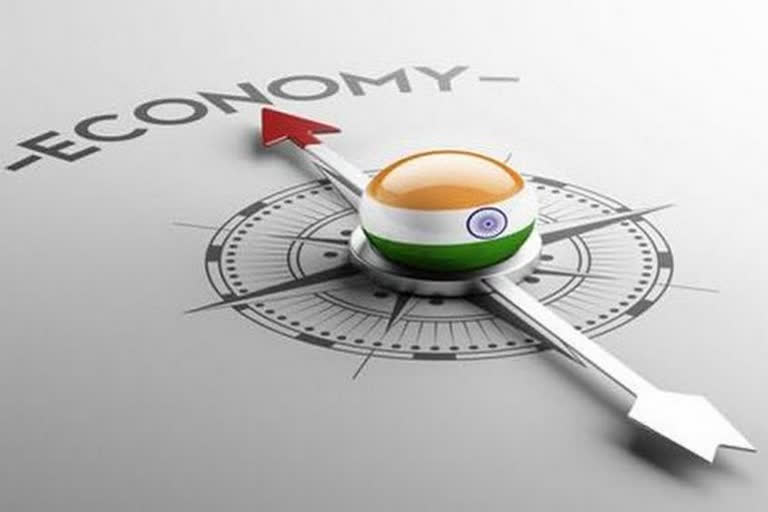New Delhi: A set of high frequency economic data released this week shows mixed signals of economic revival at a time when Indian economy has clearly come out of the adverse economic impact of Covid-19 pandemic but staring at an uncertain future due to the emergent of a more transmissible Omicron variant of the highly contagious corona virus.
While GDP growth for the second quarter has been estimated at 8.4% year-on-year, confirming that production has surpassed pre-pandemic level, the country’s export declined to below $30 billion in November after hitting a monthly record of $35.7 billion in October.
On the other hand, the Goods and Services Tax (GST) collection data released on Wednesday, which is taken as a proxy for the economic activity in the country, was the second highest since the implementation of GST in July 2017. The November GST collection at Rs 1,31,526 crores, is the second only to the GST collection in April this year.
November 2021 is the fifth straight month when the GST collection was above Rs 1.1 lakh crore and the second consecutive month when it is above Rs 1.3 lakh crore.
However, the November GST collection data pertains to the sales and services supplied in October, the peak of India’s festive season when most of purchasing and investments take place.
IHS Markit India Purchasing Managers’ Index (PMI)
Another high frequency data, which was released Wednesday, the IHS Markit India Manufacturing Purchasing Managers’ Index (PMI), increased from 55.9 in October to 57.6 in November this year.
This is the biggest increase in the manufacturing activity in the last 8 months, and in the case of services, the PMI Services was at 58.4, a record in over 10 years.
According to IHS Markit, the forward-looking indices generally point to further improvements in the months to come.
Declining export cause of concern
Decline in India’s merchandise exports in November and consequent increase in the trade deficit could be a cause of concern for the government and policy makers as against over 26% growth in November in India’s exports, the imports jumped by over 50%.
While India's export in November was $29.88 billion and imports were at $53.15 billon, the exports and imports figure for the first 8 months of the current fiscal were at $262.46 billion and $384.44 billion respectively. It leaves a trade deficit of nearly $122 billion.
Uncertainty caused by Omicron
The news of emergence of a new possible more transmissible variant of Covid-19 virus comes two years after the first strain was discovered in Wuhan region in China in November 2019.
The deadly SarS-CoV-2 virus has killed more than 5.2 million people worldwide and more than 4,69,000 people in India, the third highest death toll after the world’s most affected country the USA and Brazil where the virus has killed more than 8,00,000 people and more than 6,15,000 people respectively.
With the emergence of Omicron, which was reported to the World Health Organisation (WHO) on November 24 and was designated by the WHO as a variant of concern (VoC) within two days, the fear of a prolonged pandemic has gripped the capital market.
While several countries imposed restrictions on foreign travelers, Japan announced a complete ban on the entry of foreigners to prevent its spread within the country. In India, authorities have put on hold the resumption of normal international flights which was set to start from 15th of this month.
Fresh restrictions are a cause of worry as it may hit the fragile economic recovery due to supply chain disruptions.



